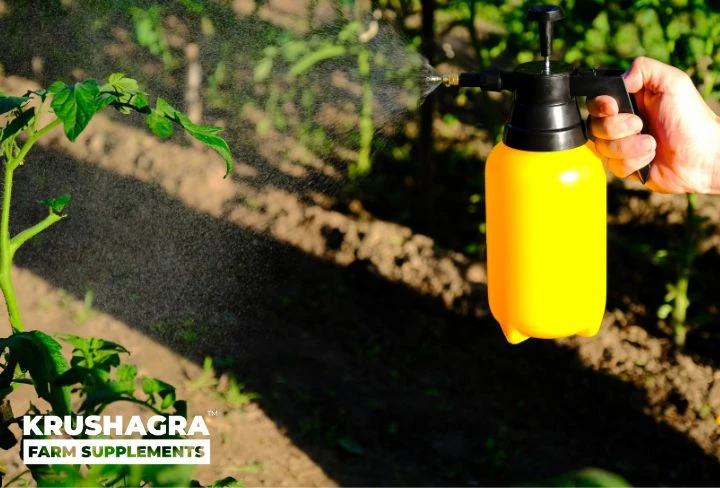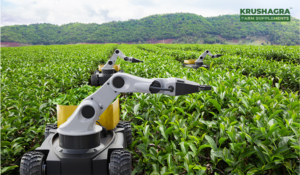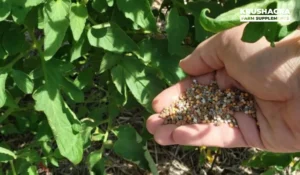Avenue plantations enhance the aesthetic appeal of the surroundings while providing shade and shelter to the pedestrians and vehicles. However, like any other plantations, avenue plantations are prone to various pest attacks, which can cause severe damage to the plants and reduce their lifespan. Traditional pesticides have been the go-to solution for pest control, but their widespread use has led to numerous environmental and health concerns. As a result, biopesticides have emerged as an alternative and eco-friendly solution to pest management. In this comprehensive guide, we will discuss the basics of biopesticides, their advantages, types, and their use in avenue plantations for effective pest control.
Types of Biopesticides
Microbial Biopesticides: Microbial biopesticides are produced from microorganisms such as bacteria, fungi, or viruses. They work by infecting and killing the pest or disrupting their growth and reproduction. Examples of microbial biopesticides include Bacillus thuringiensis (Bt), a bacteria that produces toxins that are toxic to insect larvae, and Beauveria bassiana, a fungus that infects and kills various insects.
Plant-Derived Biopesticides: Plant-derived biopesticides are extracted from plants and contain compounds that are toxic to pests. Examples of plant-derived biopesticides include pyrethrin, a natural insecticide extracted from chrysanthemum flowers, and neem oil, which is extracted from the neem tree and has insecticidal, fungicidal, and nematicidal properties.
Biochemical Biopesticides: Biochemical biopesticides are naturally occurring substances that are produced by the plant or other organisms, such as pheromones, which disrupt the pest’s mating behavior. Examples of biochemical biopesticides include sex pheromones, which are used to control the codling moth in apple orchards, and kaolin clay, which forms a physical barrier on the plant surface and reduces insect feeding and egg laying.
Using Biopesticides in Avenue Plantations for Effective Pest Control
Identify the Pest
The first step in using biopesticides for pest control is to identify the pest accurately. This information is essential in selecting the appropriate biopesticide and determining the optimal application method.
Select the Biopesticide
Once the pest is identified, choose the appropriate biopesticide that controls the pest effectively. Consider the pest’s life cycle, behavior, and the environmental conditions when selecting the biopesticide. Consult with a knowledgeable professional or reference material to determine the appropriate biopesticide.
Determine the Application Method
The application method for biopesticides can vary depending on the type of product and the pest being targeted. Some biopesticides are applied through spraying, while others may be applied as a soil drench, seed treatment, or bait. Follow the label instructions for the appropriate application method and dosage.
Timing of Application
Timing of application is critical when using biopesticides. The biopesticide needs to be applied when the pest is most susceptible to control. This may vary depending on the pest’s life cycle and the environmental conditions. The optimal timing of application can be determined by consulting with a knowledgeable professional or referencing the product label.
Monitor the Effectiveness
After applying the biopesticide, monitor the pest population regularly to determine the effectiveness of the treatment. This will help determine if additional applications are needed, or if an alternative treatment is required.
Conclusion
Biopesticides are an eco-friendly and sustainable solution for pest control in avenue plantations. They are effective in controlling pests, specific to the targeted pest, and leave minimal environmental impact. When using biopesticides, it is essential to identify the pest accurately, select the appropriate biopesticide, determine the optimal application method and timing, and monitor the effectiveness regularly. Incorporating biopesticides into pest management practices can reduce reliance on traditional chemical pesticides and promote sustainable pest control practices in avenue plantations.






